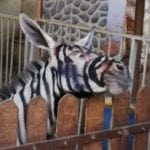 Creepy
Creepy  Creepy
Creepy  Movies and TV
Movies and TV 10 Movies That Get Elite Jobs Right, According to Experts
 Weird Stuff
Weird Stuff 10 Times Real Laws Were Based on Bizarre Hypotheticals
 Animals
Animals 10 Inspiring Tales of Horses Being Human
 Mysteries
Mysteries Top 10 Haunting Facts About the Ghost Ship MV Alta
 History
History 10 Surprising Stories About the Texas Rangers
 Humans
Humans 10 Philosophers Who Were Driven Mad by Their Own Theories
 Miscellaneous
Miscellaneous 10 Video-Game-Worthy Weapons and Armors from History
 Weird Stuff
Weird Stuff 10 Psychics Who Accurately Predicted Wartime Events
 The Arts
The Arts 10 Pieces of Art Inspired by a Broken Heart
 Creepy
Creepy 10 Death Superstitions That Will Give You the Creeps
 Movies and TV
Movies and TV 10 Movies That Get Elite Jobs Right, According to Experts
 Weird Stuff
Weird Stuff 10 Times Real Laws Were Based on Bizarre Hypotheticals
Who's Behind Listverse?

Jamie Frater
Head Editor
Jamie founded Listverse due to an insatiable desire to share fascinating, obscure, and bizarre facts. He has been a guest speaker on numerous national radio and television stations and is a five time published author.
More About Us Animals
Animals 10 Inspiring Tales of Horses Being Human
 Mysteries
Mysteries Top 10 Haunting Facts About the Ghost Ship MV Alta
 History
History 10 Surprising Stories About the Texas Rangers
 Humans
Humans 10 Philosophers Who Were Driven Mad by Their Own Theories
 Miscellaneous
Miscellaneous 10 Video-Game-Worthy Weapons and Armors from History
 Weird Stuff
Weird Stuff 10 Psychics Who Accurately Predicted Wartime Events
 The Arts
The Arts 10 Pieces of Art Inspired by a Broken Heart
10 Offbeat Stories You Might Have Missed This Week (4/13/19)
As another week nears its end, it is time to take a look at some of the noteworthy news items you might have missed. From the animal kingdom, we have stories on feline names, sacrificial guinea pigs, and dolphin clitorises. We also have two medical marvel tales, and we find out what happens when Roombas turn to crime.
There have also been quite a few notable science stories to digest. First, there is that black hole picture everyone is talking about. But there is also a new species of humans and the discovery of an incredible tome of knowledge from 500 years ago.
10 Breakthrough In Cat Studies
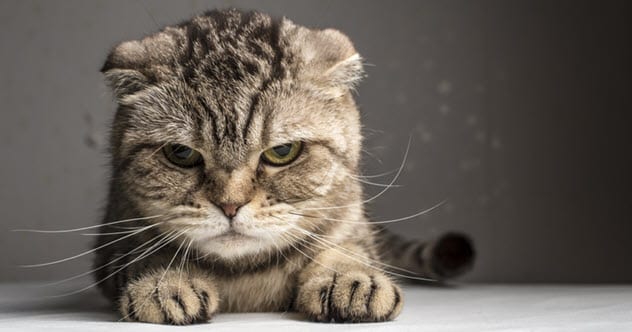
A new study published in Scientific Reports confirms something that most cat owners probably already suspected. Their pets can recognize when people call their names, but usually, they don’t care.
Scientists from the University of Tokyo performed experiments on a few dozen cats. Recordings of human voices repeated common Japanese words as well as the names of the felines. The cats ignored most words but turned their heads or ears at the sound of their names.[1]
That being said, the animals did not communicate back in most cases. The Japanese scientists concluded that the felines were able to distinguish their names, but that alone did not make them want to interact.
Results were somewhat different in a “cat cafe.” This is a place where customers can interact with a large number of felines. The animals were able to distinguish their names from common words but not from the names of other cats. Scientists believe this is because they hear all the names too often, and customers are likely to pet any cat regardless of which name they call.
9 Story For Sale

People who have a few million dollars to spend now have the option of buying their own little haunted town in Indiana.
Story, Indiana, was settled in 1851 by Dr. George P. Story who had left Ohio. The community kept growing until the Great Depression when most people left the town in search of greener pastures. In 1999, lawyer Rick Hofstetter from Indianapolis purchased the settlement because he thought it would be an interesting experience to buy your own town. Now he is ready to sell it for $3.8 million.[2]
Story is listed on the National Register of Historic Places and has a functioning bed-and-breakfast called the Story Inn. The town only has three residents, although there are four if you also count the local ghost. Staff at the inn claim that an apparition they call the “Blue Lady” has been around for decades. Allegedly, she is Jane Story, wife of the town’s founder.
8 Roomba 911
Officers responded to a burglary call in Washington County, Oregon, only to discover that the culprit was a Roomba trapped in the bathroom.
On Monday, a woman called 911 because she feared that someone had broken into her house. She believed that the criminal was still inside and had locked himself in the bathroom because she noticed noises and shadows moving under the door.
Sheriff’s deputies responded to the scene with a K-9 unit. The burglar did not respond to their commands to come out with his hands up, so officers drew their firearms and burst into the bathroom. There, they discovered that their suspect was a Roomba robotic vacuum cleaner.
In a Facebook post, the sheriff’s department released a photo of the criminal and confirmed that they had “breached the bathroom and encountered a very thorough vacuuming job.”[3]
7 The Sweet Taste Of Tears
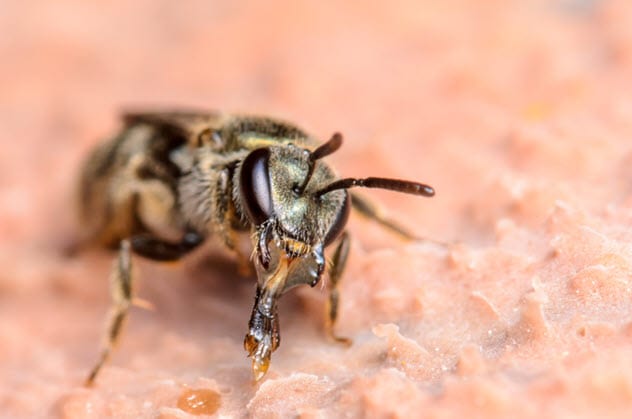 Doctors in Taiwan were shocked to find four bees living in a woman’s eye and feeding off her tears.
Doctors in Taiwan were shocked to find four bees living in a woman’s eye and feeding off her tears.
Earlier this week, a 28-year-old woman identified as Ms. He went to the Fooyin University Hospital with a swollen eye. The previous day, she had visited the cemetery and tended to the graves of her relatives when a gust of wind blew something into her face. She assumed it had been only dust or dirt, so she carried on with her day. By night, however, her eye was swollen and painful, so she sought medical assistance.
Both she and the doctor were expecting some kind of infection to be the cause, but the microscope revealed something much more surprising: Four tiny insects were living beneath her eyelid. They were Halictidae, also called sweat bees.[4]
As their name implies, these insects feast on our perspiration, but they like tears, too. The doctor managed to pull all four of them out of the eye intact and still alive. Meanwhile, Ms. He is expected to make a full recovery.
Doctors say that all parties involved were fortunate that Ms. He did not rub her eyes because she was wearing contacts. If she had, the bees would probably have released venom which could have blinded her.
6 Do Dolphins Have Sex For Pleasure?
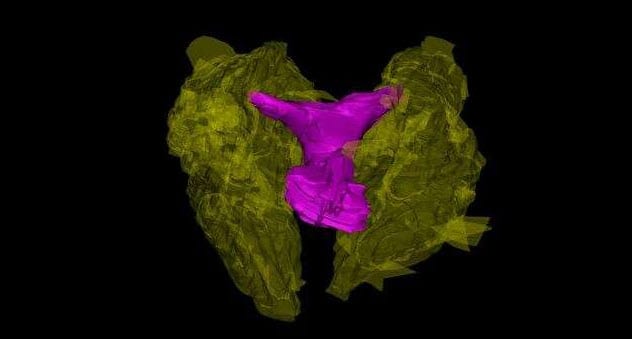
Scientists have been studying the dolphin clitoris and have concluded that the marine mammal likely belongs to a small group of animals which is capable of experiencing sexual pleasure.
The research was led by Dr. Dara Orbach from Mount Holyoke College. She and her team dissected and examined 11 female bottlenose dolphins that had died of natural causes. They discovered that the animals had large and well-developed clitorises somewhat similar to those of humans. Bundles of nerves under the clitoral hood increased sensitivity and the potential for sexual pleasure.
This study presents new information, but researchers are not entirely surprised by it. We already knew that dolphins, like many other social animals, engage in sex throughout the year, even when they cannot conceive.[5]
Although these extracurricular activities could simply be a good way to bond with other members of the pod, it is also likely that the dolphins are capable of deriving some kind of enjoyment from them.
5 A New Branch On Our Evolutionary Tree
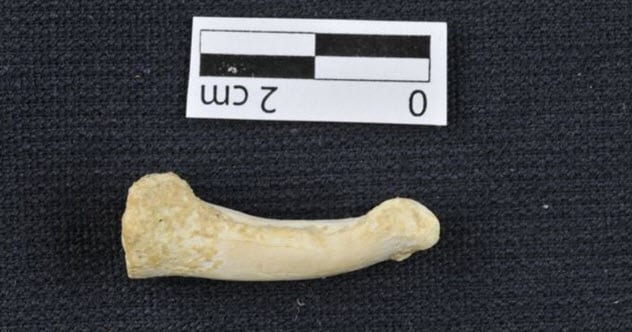
There is a new twist in the story of human evolution as scientists announced the discovery of a species of hominin named Homo luzonensis after the island of Luzon where they were found. The discovery was based on fossils recovered from Callao Cave in the Philippines.
Researchers have uncovered 13 remains since 2007. Belonging to at least three distinct individuals, they include teeth, hand and foot bones, and parts of a femur. They have been dated to 50,000–67,000 years ago. The fossils suggest that Homo luzonensis was under 1.2 meters (4 ft) tall. This is similar to another species from the area: Homo floresiensis, or the so-called “Hobbit,” which was found on an island in Indonesia.[6]
That being said, the new hominin also bears similarities to the more primitive Australopithecus. They had curved finger and toe bones, indicating that climbing was a frequent and important activity for both species.
At the moment, it is too early to say how this new discovery will impact our understanding of the history of human evolution. One mystery that scientists are eager to solve is how Homo luzonensis even made it to Luzon, an island which has never been connected to the mainland. Did they wash up there by accident following a tsunami, or were they clever enough to build rafts and set out to sea?
4 One In 50 Million
A woman lived for almost a century without anyone realizing that she had her organs in reversed positions inside her body.
Rose Marie Bentley was born in 1918 in Waldport, Oregon. After she died at age 99, her body was donated to science in accordance with her wishes. That is how she ended up in the dissection lab of the Oregon Health and Science University in Portland.[7]
One day, med students had to open the chest cavity and study her heart. They did and immediately began questioning everything they thought they knew about medicine. For starters, they could not find the inferior vena cava, a large vein that sits on the right side of the heart. They had to ask for help, and their professors were a bit annoyed that their pupils could miss something so basic.
As it turned out, things were not so simple. Rose Marie had situs inversus with levocardia, a rare condition where the vital organs were reversed inside the body. She also had multiple irregularities such as a right atrium twice the normal size and a right lung with two lobes instead of three.
The condition occurs in one of every 22,000 babies. However, most of them suffer from severe congenital heart disease and rarely make it past age five. Rose Marie lived to the ripe old age of 99 before dying of natural causes. Assistant Professor Cameron Walker estimated that she was 1 in 50 million.
3 Offerings To The Gods
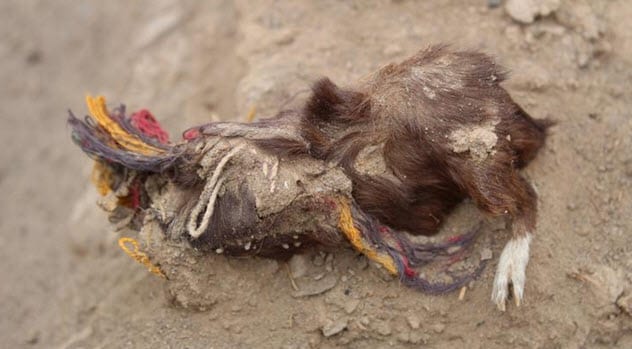
A study published in the International Journal of Osteoarchaeology announced the discovery of a strange Incan practice. It had been alluded to by the early Spaniards multiple times, but no hard evidence had ever been found until now. The Incas sacrificed dozens, maybe hundreds, of guinea pigs at once. More bizarre, though, they decorated the animals with colorful strings as if they were wearing necklaces and earrings.
A team led by Lidio Valdez from the Institute of Andean Studies and Acari Valley Archaeological Project revealed that it had discovered the remains of around 100 different guinea pigs at two burial sites in Tambo Viejo in southern Peru. The remains are estimated to be approximately 400 years old. Many of the pigs were dressed up with the aforementioned strings, although some were carefully wrapped up in small pieces of cotton rug.[8]
Researchers are not sure about the purpose of the decorations, although Valdez speculates it was to make the sacrifice to the gods as special as possible. Many guinea pigs had been naturally mummified and likely died due to asphyxiation, indicating that they were probably buried alive.
2 Finding The Lost Book Of Books

Scholars are over the moon after finding a 500-year-old epitome which cataloged thousands of works of literature from the early 16th century, many of them thought lost forever.
Hernando Colon is better known in the English-speaking world as Ferdinand Columbus, the illegitimate son of Christopher Columbus. Unlike his father, Colon was a scholar.
In fact, he was obsessed with books and amassed one of the largest collections of that time, estimated at around 15,000 volumes. After Colon’s death, the books went to Seville Cathedral. The bulk of the collection was lost to neglect, theft, and flooding.
Colon engaged in an even more ambitious project during his lifetime: the Libro de los Epitomes. It was a massive multivolume catalog of all the books in his collection. He hired scholars to read all the works and write short summaries for each of them. One such volume has been found in the Arnamagnaean Collection in Copenhagen where it sat untouched for 350 years.
The find has been described as a window into the “lost world of 16th-century books.” It tells us about tomes that no longer exist anywhere other than in the summaries of the Libro de los Epitomes.
It also gives us an unprecedented glimpse into the early days of print by showing us what people were reading 500 years ago. Instead of just the classics, Colon indexed everything he could get his hands on, including pamphlets, almanacs, guidebooks, and even tavern posters. Researchers have started work on digitizing the volume.[9]
1 Say Cheese, Black Hole!
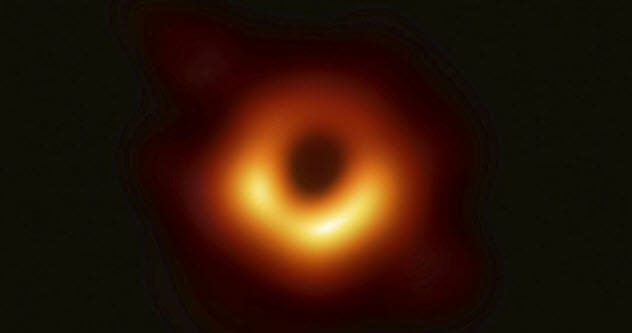
On Wednesday, the world got to see a picture of a black hole for the first time. According to researchers from the National Science Foundation, the image was taken in April 2017 and depicts the supermassive black hole which sits at the center of a galaxy called Messier 87, which is located 55 million light-years away from us.
Although the existence of black holes has been established for a while, this is the first direct visual evidence that these cosmic behemoths are out there. This particular juggernaut has the approximate mass of 6.5 billion suns. The image itself resembles mostly what everyone expected a black hole to look like: a dark, circular region in the center surrounded by a ring of light which is brighter on one side.
Scientists captured the photograph through a project called the Event Horizon Telescope Collaboration (EHT). Hundreds of researchers set up a global network of telescopes and spent over a decade to get the shot. Once the array was in place, telescopes captured around 5,000 trillion bytes of data over a two-week period.
Now the black hole even has a name. It has been dubbed Powehi, a Hawaiian term which refers to an “embellished dark source of unending creation.”[10]
Read more offbeat stories you might have missed from April 6, 2019, and March 30, 2019.







